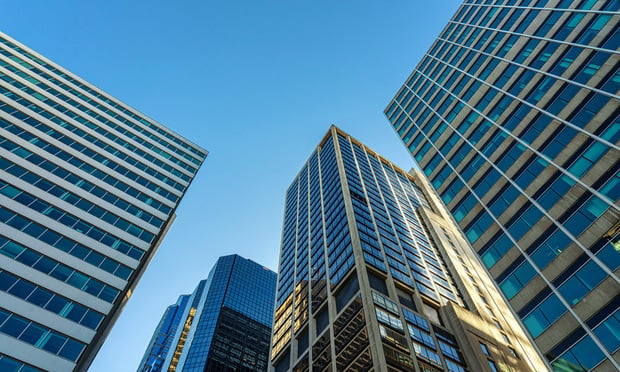TUSTIN, CA—Valet parking and structures vs. surface parking are two of the solutions to increased retail parking demands, experts tell GlobeSt.com. In Part I of this two-part story, GlobeSt.com explored the issues that have emerged as tenants with increased parking needs—like health clubs, medical office and restaurants—have been picking up slack in retail centers. Part II, which follows, explores some of the solutions to these issues.
“A lot of retail centers have instituted valet parking, where they maybe find a property nearby from which they can do shuttled parking for employees,” Sonya Dopp-Grech, SVP/director of healthcare services for NAI Capital, tells GlobeSt.com. She adds that with gyms and restaurants, daytime parking issues can become real problems for retail tenants and their customers, who may spend more time than necessary driving around looking for a parking spot. Valet parking can alleviate some of these issues, as long as there is a nearby lot available and the owners are willing to lease it out.
Re-striping a parking lot to allow for more—albeit, smaller—parking spaces is another potential solution, as long as it doesn't violate city regulations or if variances can be obtained, Dopp-Grech offers. “Cities have clamped down on compact stalls,” so another solution may be necessary.
Depending upon how deep the landlord's pockets are—and other considerations—building a parking structure is another space-saving solution that creates parking spaces, Dopp-Grech says. “If you have a big lot, look at building a structure and moving some of that surface parking to the structure. The problem is it can cost $50,000 to $70,000 per stall to build, whereas to build surface parking costs $11 to $12 per square foot.” However, some commercial properties couldn't exist without a parking structure, so it may be a viable option for some larger centers.
Looking for solutions like these and working with city councils regarding parking regulations can be one way to encourage national retailers to take space in some cities, Scott Kaplan, SVP at CBRE, tells GlobeSt.com. “We are consultants for certain cities, and one of the cities said to us, 'Why don't we have enough national retail here?', so we called retailers and asked them why they wouldn't want to be in that city. They said they would, but the sign code was too onerous, and you can't do a drive-through (restaurant). So we told the city they'd have to change the sign code and some of their rules about the squawk box where people order. We told them, 'You will have to make a decision as a council if you want to keep your city pristine and perfect or have these retailers come in.' We rewrote the sign code for them, and we were able to get some drive-throughs approved and get some national retailers to the city. Sometimes we can influence that by working with the cities, but in general, most cities will find a way to engineer a yes if they think it is a good use for the city.”
© 2025 ALM Global, LLC, All Rights Reserved. Request academic re-use from www.copyright.com. All other uses, submit a request to [email protected]. For more information visit Asset & Logo Licensing.







